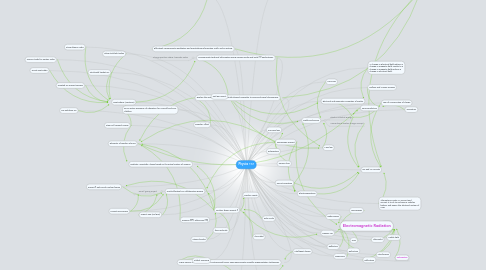Physics 112
by Paul compton

1. No poluttion NV
2. Stuck with hacket NV
3. Elements of Modern Physics
4. Work effectively in collaborative groups
4.1. Email/ group project
4.1.1. New node
5. Effectively communicate qualitative and quantitative information orally and in writing.
6. Explain the application of fundamental physical principles to various physical phenomena.
7. Argue various sides of scientifically controversial topics using appropriate scientific argumentation techniques.
8. Communicate technical information using various media and Web 2.0 applications.
8.1. Charge practice videos, livescribe notes
9. Be an active prosumer of education for yourself and your children.
10. Evaluate “scientific” claims based on the actual Nature of Science.
11. Project one (coil gun)
12. Neat videos (creations)
13. Stem cell research paper
14. Created NV Project success
15. Coil gun Prject
16. Doppler Affect
17. Project microscope
18. Project 3 palo verde nuclear fission
19. Mayan Calendar
20. Global Warming
21. Drawing and calculating Ray diagram values.
22. Glow stick light video
23. String theory video
24. circuit neat video
25. Science tricks for parties video
26. Nuclear fission Project 3
27. Nuclear reacts
28. three mile isle
29. uranium 235/ plutonium 239
30. atomic bombs
31. Astronomy
32. Lenz Law
33. Semi-conductors
34. Lenz law
35. Law of conservation of charge
36. Electrical and Magnetic Properties of Matter
37. Fields and Forces
37.1. Electric Potential Energy
37.2. Conventional Positive charge concept
38. DC and AC Circuits
39. Electromagnetism
40. Apply appropriate problem-solving techniques to practical and meaningful problems using graphical, mathematical, and written modeling tools.
40.1. Using Parallel and series properties to solve problems involving combination circuits.
41. Circuit operation
42. Transistors
43. Gallium and Arsenic Doping
44. A change in Electrical field induces a change in magnetic field, similar to a change in magnetic field induces a change in electrical field.
45. Alternators Create Ac current and convert it to dc to recharge a vehicles battery and power the electrical system of a car.
46. Radio waves
47. Microwaves
48. Infrared
49. Visible light
50. Ultraviolet
51. Xray
52. Gamma ray
53. Electromagnetic Radiation
54. Reflection
55. Refraction
56. Dispersion
57. Interference
58. Diffraction
59. Polarization
60. Intelligent design
61. Microscope project
62. Convex lens
63. Concave lens
64. polarization
65. palo verde
66. chernobyl


